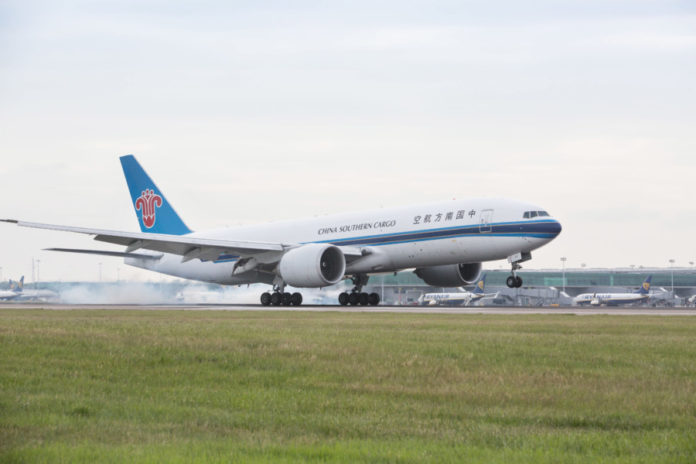

Preliminary traffic figures for the month of October released today by the Association of Asia Pacific Airlines (AAPA) showed healthy demand growth in the Asia Pacific region.
AAPA says reflecting the sustained upturn in global trade for consumer and intermediate goods, Asia Pacific airlines saw international air cargo demand, as measured in freight tonne kilometres (FTK), increase year-on-year (YOY) 5.8 per cent in October, even when compared to the high base levels recorded in the same month last year.
Available freight tonne capacity (FATK) expanded YOY by 4.1 per cent, resulting in a 1.1 percentage point increase in the average international freight load factor to 66.9 per cent for the month.
In the first 10 months of the year compared to the same period last year, air cargo traffic demand was up 10.1 per cent, while FATK was up 4.3 per cent and the freight load factor was 61.2 per cent, up 3.4 percentage points.
AAPA director general, Andrew Herdman says: “The encouraging results mirror the current solid and steady expansion in the global economy. Airlines have responded by strengthening their networks offering additional frequencies and adding new destinations.
“At the same time, the rise in global economic activity has seen a sustained pick up in global trade and transportation of manufactured goods, with air cargo playing an important role in restocking global supply chains and the growth of e-commerce.
“As a result, Asian airlines continued to enjoy healthy growth in the air cargo segment, maintaining the broad upswing in demand which began in the latter half of 2016.”
Looking ahead, Herdman adds: “The overall demand outlook remains positive, although Asian airlines are operating in highly competitive markets and face rising cost pressures, with average jet fuel prices up 24 per cent to $64 per barrel for the first ten months of the year.
“Nevertheless, Asian airlines remain focused on implementing further improvements in operational efficiency and other cost saving measures, whilst identifying new opportunities for revenue generation.”









